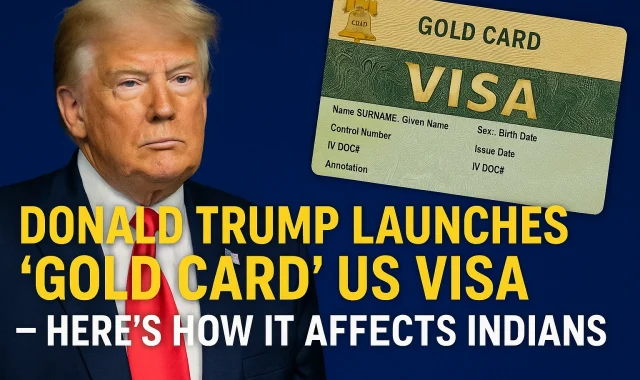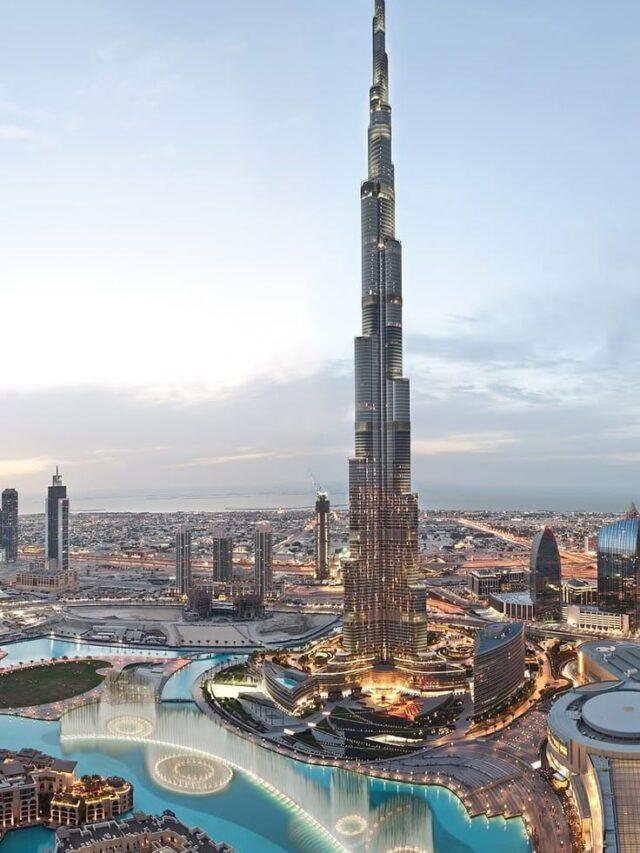
The announcement, “Donald Trump Launches Gold Card US Visa,” marks a bold new direction in American immigration policy. Designed to replace the existing EB-5 investor program, the $5 million Gold Card visa promises significant implications for global investors, with a particular impact on Indian nationals. This article provides a detailed overview of the program, its features, and its repercussions for Indian applicants.
What is the ‘Gold Card’ US Visa?
On April 3, 2025, the United States witnessed a striking development as President Donald Trump unveiled a new premium immigration pathway for wealthy foreigners: the $5 million Gold Card US visa. Under the banner “Donald Trump Launches ‘Gold Card’ US Visa,” this initiative offers ultra-high-net-worth individuals a direct channel to permanent US residency and an expedited path to citizenship, provided they can make the significant financial commitment. The program diverges sharply from the previous EB-5 scheme, prioritizing financial investment in the US over job creation or entrepreneurial enterprise.
The card itself is a symbol of prestige, prominently featuring President Trump’s image and signature, echoing the program’s exclusivity and grandeur. According to administration officials, the main objective is to attract world-class entrepreneurs and global citizens who are able to contribute substantially to the US economy.
Key Features of the Gold Card
Investment Requirement: Applicants must invest $5 million, a steep rise from the EB-5 program’s $800,000-$1.05 million.
Expedited Path to Permanent Residency: Successful applicants gain immediate US residency status, with a straightforward path towards naturalization after fulfilling residency requirements.
Tax Incentives: Reports indicate that Gold Card holders might be exempt from US federal income taxes on non-US income, though this is under legal review.
No Job Creation Requirement: Unlike EB-5, there’s no mandate to create US jobs, streamlining the process for wealthy individuals.
Impact on Indian Applicants
The headline, “Donald Trump Launches Gold Card US Visa,” is especially pertinent for Indian nationals. Historically, Indians have been among the top recipients of the EB-5 visa, using it as a stepping stone from temporary work visas like the H-1B to permanent residency. However, the leap in investment requirements means the new visa is out of reach for most middle-class investors.
Exclusivity for India’s Ultra-wealthy: Only the richest individuals—top businesspersons, startup founders, or HNI investors—will now qualify for the program.
End of EB-5 for Most Indians: Many H-1B holders and skilled professionals waiting years for green cards may find the ‘Gold Card’ unattainable.
Potential Benefits: Those able to afford the new program gain fast-track access to US residency, bypassing decades of green card backlog and lengthy processing times that have plagued Indian applicants.
Indian Response: Interest and Criticism
Since the launch of the registration website, there’s been significant interest from wealthy Indians, highlighting the appeal of this new residency option for those who can afford it. Commerce Secretary Howard Lutnick noted the “enormous opportunity” the program creates, particularly for Indian entrepreneurs, business leaders, and investors who want a foothold in the American market. However, critics argue that the steep price tag and lack of job creation requirements could limit its effectiveness and widen the gap between different categories of immigrants.
Conclusion
“Donald Trump Launches Gold Card US Visa” represents a dramatic shift in the US immigration landscape. For Indians, the high-cost pathway will reward those with substantial financial resources while sidelining skilled workers who have traditionally sought permanent residency through employment or moderate investments. As the world watches this program unfold, its long-term impact on the composition of US immigrants—and its effectiveness in attracting the best global talent—remains to be seen.





